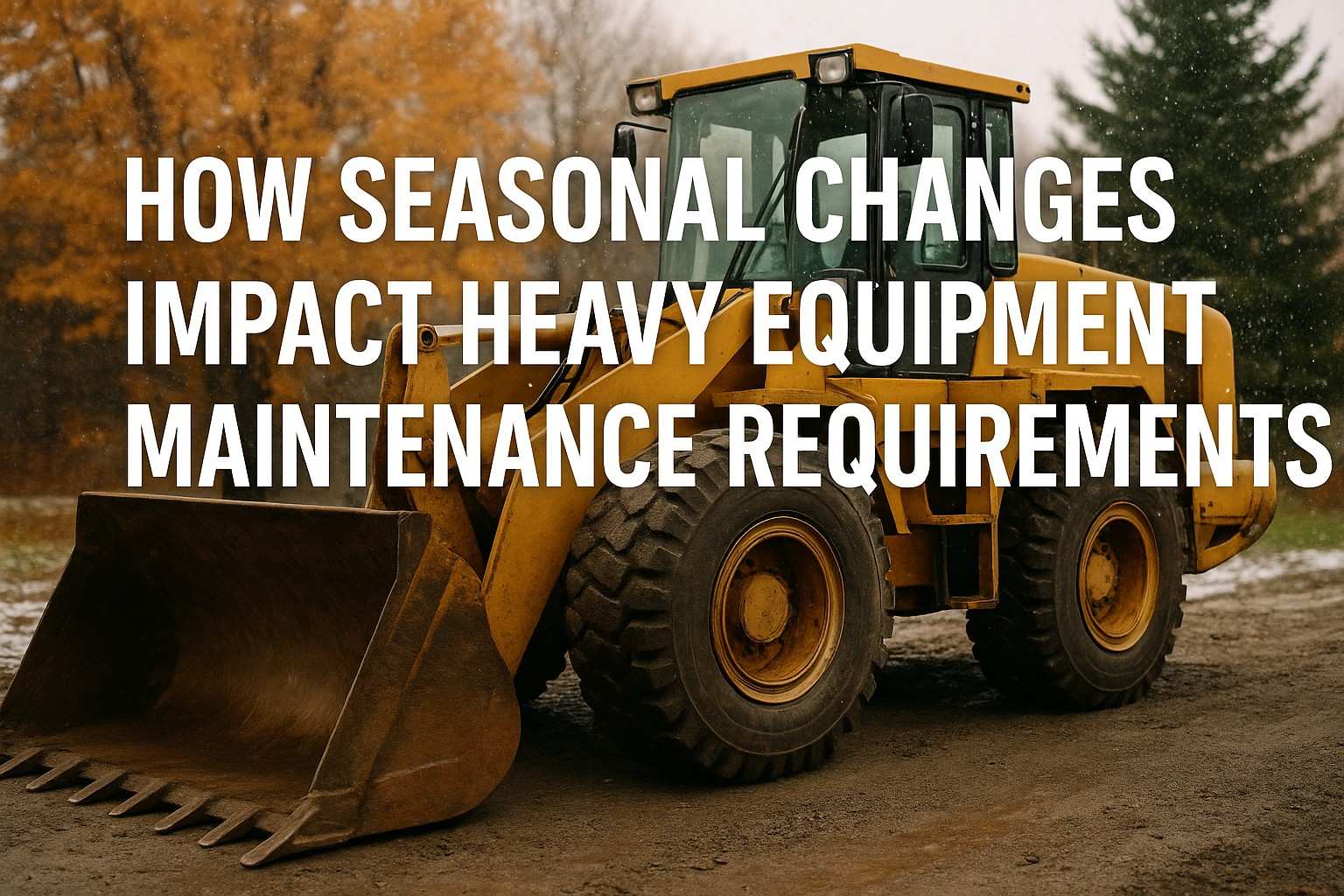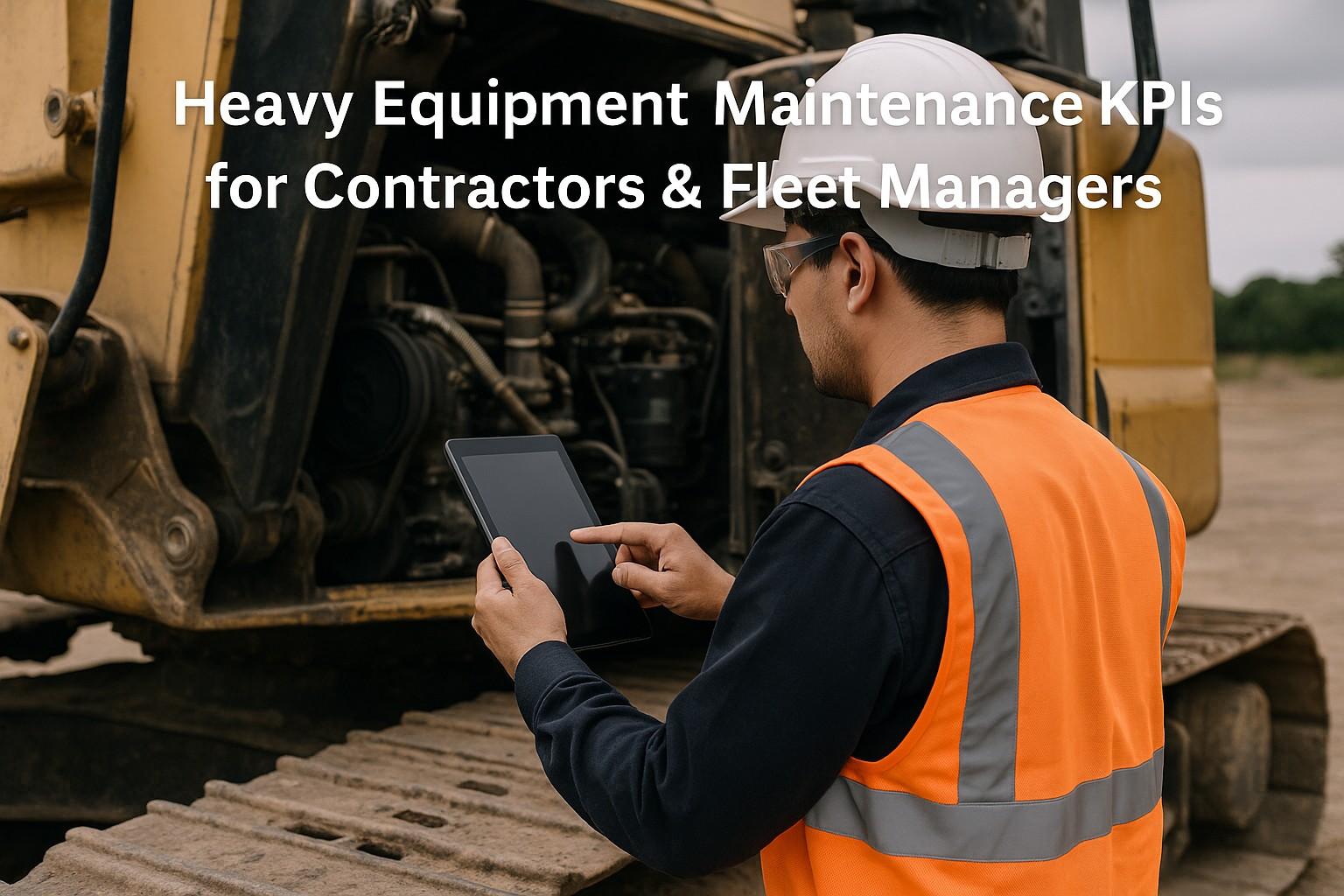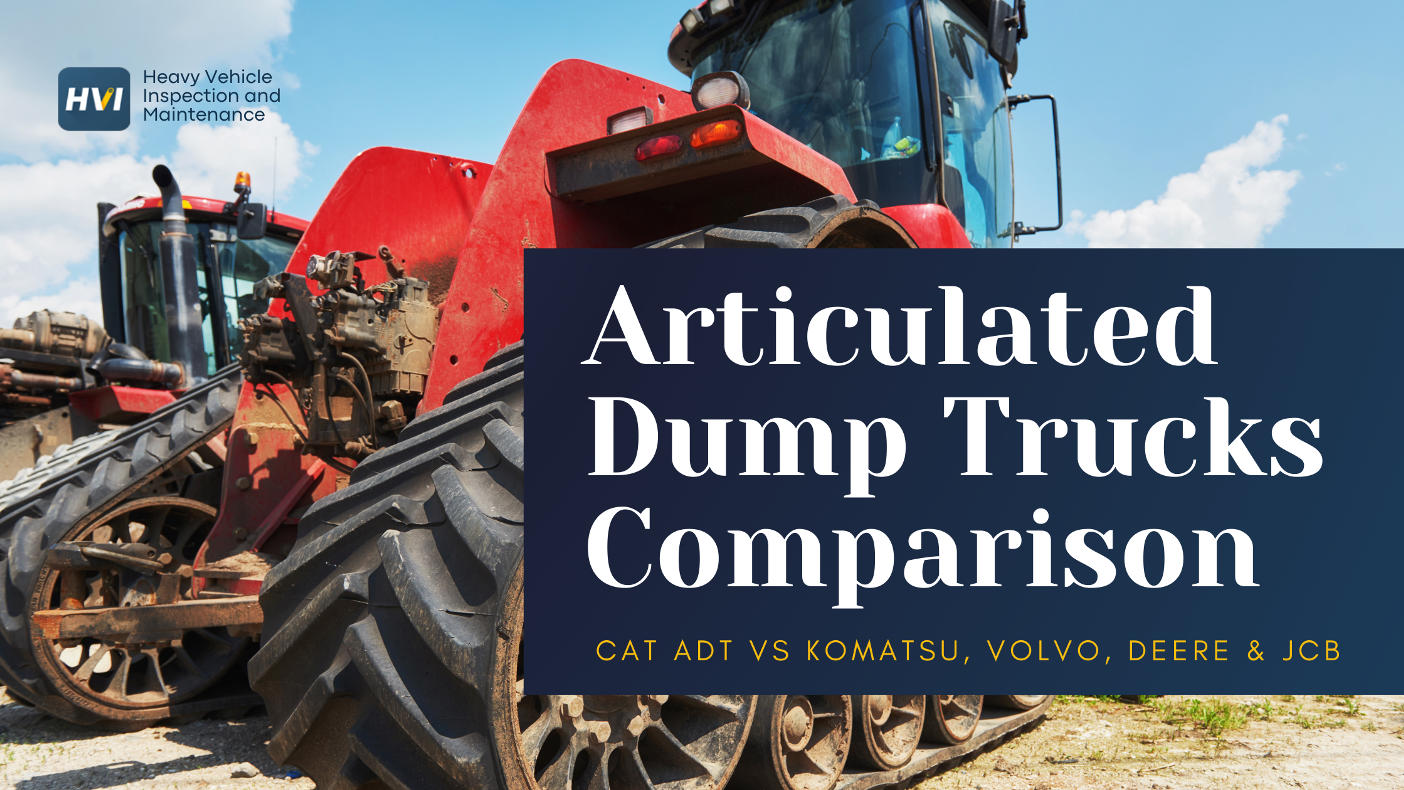A detailed guide on maintaining compliance to pass DOT truck inspections successfully every time. Learn how to navigate complex DOT regulations with confidence and ease. This comprehensive guide covers essential tips on vehicle maintenance, driver preparedness, and proper documentation. Discover how to avoid common violations, reduce operational costs, and keep your fleet running smoothly and safely on the road.
Introduction
Ensuring your commercial vehicles are compliant with the Department of Transportation (DOT) regulations is crucial for the safety of your drivers, the public, and the efficiency of your operations. Failing a DOT truck inspection can lead to hefty fines, operational delays, and even out-of-service orders. This comprehensive guide will walk you through everything you need to know to stay compliant and pass every DOT truck inspection with flying colors.
What Are DOT Truck Inspections?
DOT truck inspections are examinations conducted by certified inspectors to ensure that commercial motor vehicles (CMVs) meet the safety standards set by the Federal Motor Carrier Safety Administration (FMCSA). These inspections cover various aspects of the vehicle and the driver's compliance with regulations, aiming to reduce accidents and enhance road safety.
Why Compliance Is Important
- Avoid Penalties: Non-compliance can result in fines ranging from hundreds to thousands of dollars.
- Prevent Out-of-Service Orders: Serious violations can sideline your vehicle until issues are rectified.
- Protect CSA Scores: Compliance, Safety, Accountability (CSA) scores affect your company's reputation and ability to secure contracts.
- Enhance Safety: Regular compliance ensures the safety of your drivers and others on the road.
Types of DOT Inspections
There are six levels of DOT inspections, each varying in complexity:
- Level I – North American Standard Inspection: Comprehensive examination of driver documents and vehicle components.
- Level II – Walk-Around Driver/Vehicle Inspection: Similar to Level I but without checking components that require physical effort to inspect.
- Level III – Driver-Only Inspection: Focuses solely on driver credentials and documentation.
- Level IV – Special Inspections: One-time examinations for specific items.
- Level V – Vehicle-Only Inspection: Conducted without the driver present.
- Level VI – Enhanced NAS Inspection for Radioactive Shipments: For vehicles transporting radioactive materials.
How to Prepare for a DOT Inspection
1. Maintain Proper Documentation
Ensure all necessary documents are up-to-date and readily accessible:
- Commercial Driver's License (CDL)
- Medical Examiner's Certificate
- Hours of Service (HOS) Logs
- Vehicle Registration and Insurance
- Hazardous Materials Endorsements (if applicable)
2. Conduct Pre-Trip and Post-Trip Inspections
Regular inspections help identify and rectify issues before they become violations:
- Check Brake Systems
- Inspect Tires and Wheels
- Examine Lights and Reflectors
- Assess Steering and Suspension Systems
3. Ensure Compliance with HOS Regulations
- Accurate Logbooks: Keep electronic or paper logs updated.
- Rest Periods: Adhere to mandated rest breaks and maximum driving hours.
4. Vehicle Maintenance
- Scheduled Servicing: Follow a routine maintenance schedule.
- Repair Issues Promptly: Address defects immediately to prevent escalation.
Best Practices to Stay Compliant
Best Practices to Stay Compliant
- Driver Training: Regularly train drivers on DOT regulations and company policies.
- Compliance Audits: Perform internal audits to assess compliance levels.
- Safety Culture: Foster a culture that prioritizes safety over shortcuts.
- Use Compliance Software: Implement software solutions to manage records and alerts.
Common Violations and How to Avoid Them
1. Brake System Violations
Prevention: Regularly inspect brake components and replace worn parts.
2. Faulty Lighting
Prevention: Check all lights during pre-trip inspections and carry spare bulbs.
3. Tire Issues
Prevention: Monitor tire pressure and tread depth; replace tires as needed.
4. Hours of Service Violations
Prevention: Use electronic logging devices (ELDs) to accurately track hours.
Realistic Data: The Impact of Compliance
Realistic Data: The Impact of Compliance
According to the FMCSA:
- Vehicles with no violations: 75% less likely to be involved in a crash.
- Top violations (brakes, lights, tires): Account for over 50% of all vehicle out-of-service conditions.
Graphical representation of the impact of compliance on safety and operations.

Conclusion
Staying compliant with DOT regulations is not just about passing inspections; it's about ensuring the safety of your drivers and the public, maintaining your company's reputation, and operating efficiently. By following the guidelines outlined in this article, you can confidently face DOT truck inspections and keep your fleet running smoothly.
Want to simplify compliance management for your fleet? Contact us today to learn how our solutions can help you stay compliant and pass every DOT inspection with ease.
Keywords: DOT Truck Inspections, DOT Compliance, Pass DOT Inspection, Commercial Vehicle Safety, FMCSA Regulations, Driver Training, Vehicle Maintenance, Hours of Service Compliance, CSA Scores, Fleet Management
Ready to Get Started?
Join thousands of satisfied
customers using HVI
Questions? Call us atStart a Free Trial




